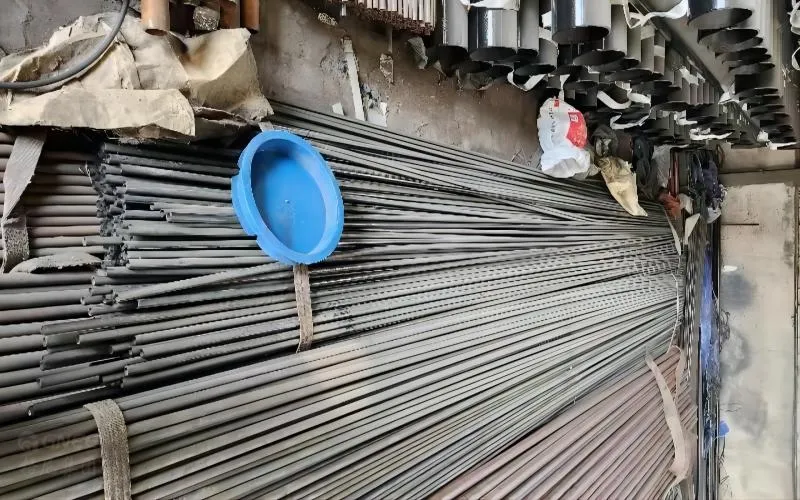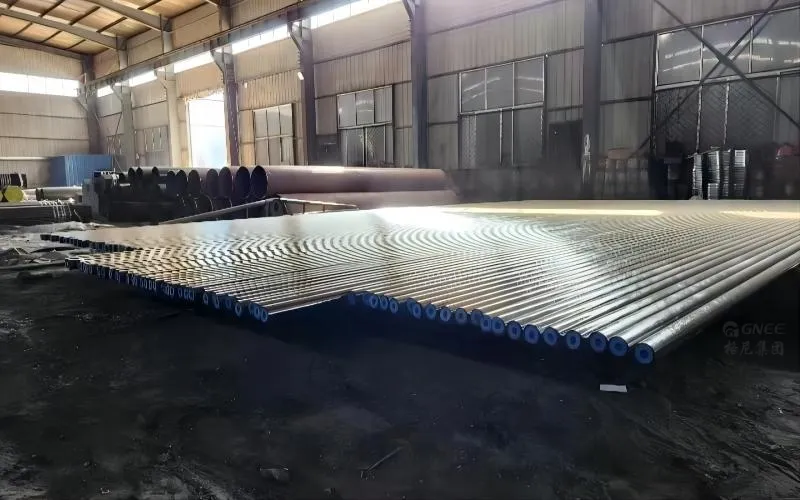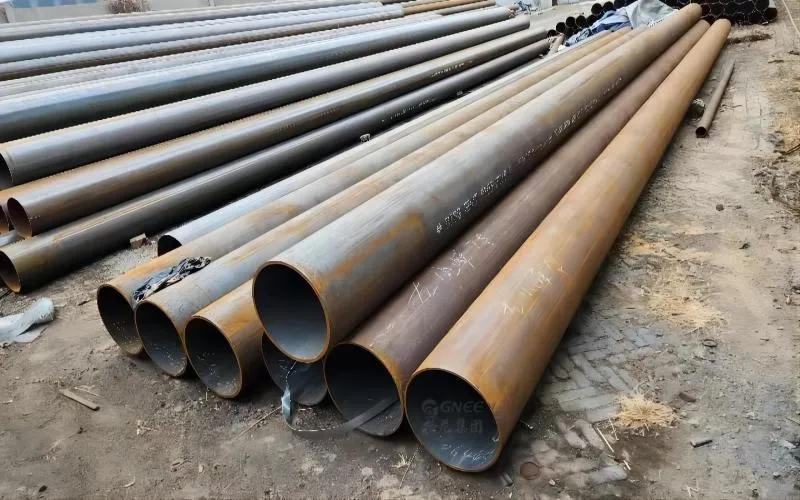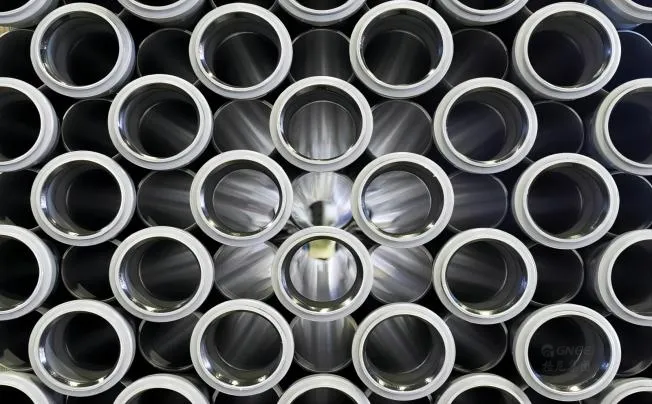Common Tips for Choosing Stainless Steel Pipes
1. Operating Environment: Assess the pipeline’s service conditions, such as its exposure to corrosive substances, temperature, and humidity. Select a stainless steel grade that offers the required level of corrosion resistance for your particular environment.
2. Strength and Ductility: Based on the application, determine the pipe’s necessary strength and ductility. Different grades of stainless steel have various mechanical characteristics.
3. Manufacturing Requirements: Take into account any necessary machining, welding, or bending operations. Choose a grade of stainless steel that is simple to fabricate to meet the needs of your project since different stainless steel grades are better suited to certain fabrication techniques.
4. Determine whether there are any particular industry norms or laws that specify the kind of stainless steel pipe to be utilized. To meet the criteria for safety and quality, make sure that these standards are followed.
5. Price and Availability: Take stainless steel pipe prices and supply into consideration. Examine your spending limits and confirm that the pipe grade and size you’ve chosen are easily accessible from a reliable provider.
6. Consultation: If you are unclear about the grade and specification of stainless steel that is appropriate for your application, contact a stainless steel supplier or specialist. They can offer advice based on their expertise and knowledge of the subject.

Common Methods for Purchasing Stainless Steel Pipes
1. Avoid buying stainless steel pipes that are too inexpensive.
Always had trouble with quality or post-purchase support with cheap things. Even though thin-walled pipes are created to cut costs, the price of good quality stainless steel pipes and pipe fittings will never be less than the cost of raw materials. When the price of stainless steel pipes is cheaper than the typical ex-factory price of the majority of products on the market, it is given that the raw materials are unclean and that technological, production, and processing procedures have been compromised.
2. Avoid buying stainless steel pipes that are too pricey.
According to the adage, “It’s expensive for its own sake,” but if something is excessively pricey, you truly can’t choose it. Because many companies are purposefully boosting prices in the stainless steel pipe industry, the prices of items are significantly higher than the market price.
3. Buying brands that are sold directly by producers is advised.
First off, brand manufacturers typically have large inventories, enough stock, and quick delivery times, all of which can significantly alleviate the issue of building delays. Additionally, stainless steel pipes or pipe fittings made by the same manufacturer are created on the same production line, allowing for consistency in product quality. Second, the after-sales service provided by businesses with a solid reputation and a commitment to ethics is also generally dependable. It is essential to look for dependable manufacturers and trustworthy suppliers with good reputations if we require customized stainless steel pipes or unusual stainless steel pipes so that we won’t have to worry. Direct sales from manufacturers also entail direct, in-person interactions with customers. We can bargain the price with the merchant when the quantity we wish to utilize is large. Manufacturers can transmit earnings straight to customers and cut down on procurement costs as no middlemen are taking a cut. Naturally, the price estimated in tones will be more advantageous if the quantity is quite large, and weighing is an honest and fair transaction. For items used regularly, prices are typically calculated based on weight, so we must first decide how much we will use before making a purchase.

Choose the Proper Stainless Steel Grade and Standards
Standards for stainless steel pipes are essential for categorizing, assessing, and defining the characteristics of various steel kinds in various applications. The specs for the A213, A249, A269, A 270, A321, and A358 each differ.
The most often used pipes on the market are seamless stainless steel pipes. While the corrosion resistance of stainless steel welded pipe of the same material and size allows for potential flaws and varying ductility, the operating pressure of seamless stainless steel pipe is 20% higher. Typically, the cost is lower, and the transaction happens more quickly. It is important to consider whether seamless or welded pipes will best serve the demands of the buyer. If not, you should think about using the safety measures. Another crucial aspect is that welded pipes can be replaced by seamless pipes, and vice versa.
All stainless steel pipes are elegant, contemporary, and rust-resistant, but some grades outperform others. The two most popular grades of stainless steel pipes are SS 304 and SS 316. Additionally, SS 304L and SS 316L pipes offer enhanced resistance to pitting corrosion.



